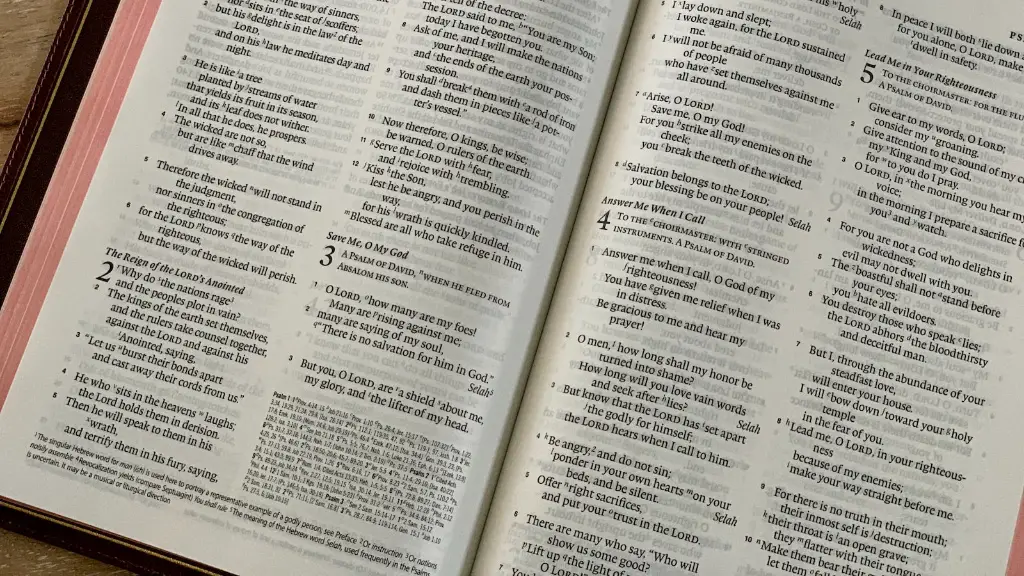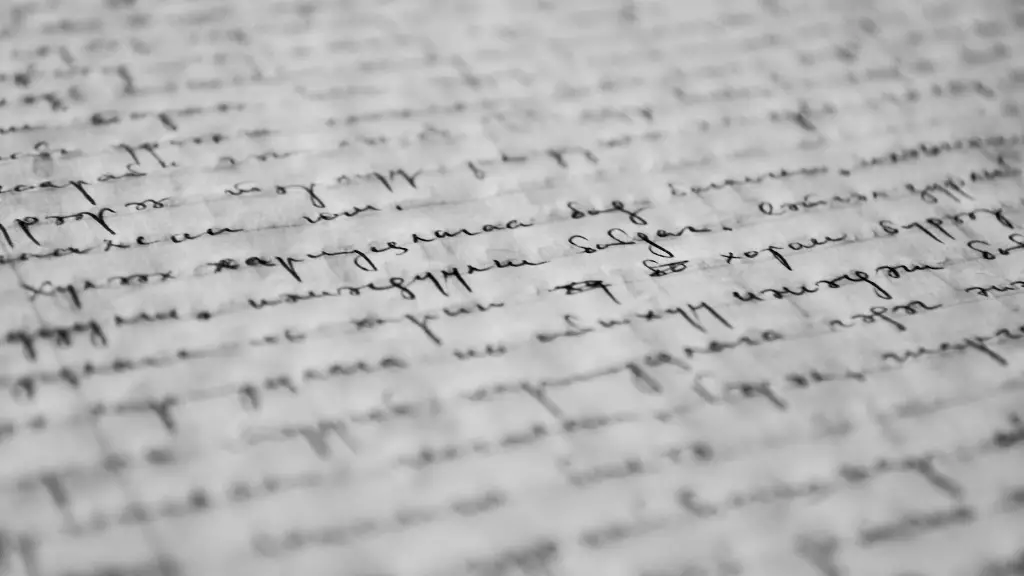Building Appreciation for Poetry
We all have heard, read or sung a poem or two in our lifetime but have we ever gone deeper – have we ever worked to truly appreciate all the elements of a poem or spoken word piece? It’s easy to enjoy the words “on the surface”, but to understand and appreciate the deeper layers of the poetry, we must look at the entire picture first.
The very first step in your poetic journey is to think a bit beyond the words—it is here that you can begin to dive into understanding literary devices, meters, and other elements. The most common literary devices used in poetry are symbolism, imagery, and allusion. Symbolism is the use of something concrete, like a person, a thing, or an action, to represent something abstract, like an emotion, belief, or a concept. Imagery, on the other hand, is language used to create a vivid mental image. Lastly, allusion is a reference to a known figure, place, event, literary work, or work of art. Each element works in tandem to build up the piece as a whole.
Developing a Critical Mind
Once you are familiar with the basic elements of the poem, you will be able to start forming a response to what you have read. Here you can start making connections between your own experiences to those of the poem—what did you relate to? What did the poem make you think about? What does this poem say to you? What did you learn from it?
Now is also the time to ask questions: what is the piece about? What inspired this poem? How does it fit into the context of contemporary literature? What is the underlying message?
The key to analyzing poetry (and any type of literature) is to ask as many questions as possible and delve deep into understanding the author’s intent and message. The more questions you ask yourself, the better equipped you will be to knit together your own interpretation of a poem.
Learning to Read Like a Critic
Reading with a critical eye comes with practice and is done by first noting your initial response to the poem and then focusing on which particular element/s having you so engaged. Make note of various themes, symbols and metaphors that are crafted within the piece, and consider how each works together to convey a much deeper meaning.
For example, poet Warsan Shire’s “A Letter to a Country I Loved” powerfully ties together symbols of betrayal, home, love, and sympathy in an effort to capture the experience of a refugee. Breaking down the poem and analyzing each piece will give you a better understanding of the overall message and the power that it holds.
Seeing the Bigger Picture
To best understand how the poem fits into a broader context, it is essential to consider how the poem relates to the world today. Analyzing the impact of the poem can help you make more sense of the poem itself.
When discussing poet Ray Chua’s piece ‘To the Man Who is Left Behind’, one can note the poem’s representation of depth of feeling and the hope of renewal, while also providing an acknowledgement of the violence that the Jewish people experienced during the Holocaust. Making these connections speaks to the lasting impression and influence poetry can have.
Making Connections
In addition to considering the broader context, explore how multiple themes conflict, intersect and organize within your poem. This will help you formulate a holistic view of the poem. For example, consider how the poem ‘Here is a Light that Never Goes Out’ by Maggie Smith weaves together themes of beauty, renewal, love, and grief all within a structure that meets the form. While exploring the poem’s narrative structure, themes and varying literary techniques, you can begin to appreciate the power of a poem in its entirely.
Preparing for Discussion
The last piece of the puzzle is to prepare yourself for a dialogue about the poem and all its related implications. As you are now more familiar with the poem, do some research and collect facts and opinions on the poem. Are there existing theories or interpretations? Are there any existing recordings or interviews with the poet?
In the case of Warsan Shire’s “A Letter to a Country I Loved”, research around the poem can focus on her upbringing, her background as a Somali refugee, and her work as a UN Consultant for poet refugees. Research like this can help give another perspective to the poem and make your own analysis more meaningful.
Connecting Concepts
Upon reading and analyzing the literature beneath the surface of the poem, the next step to becoming a critic is to connect your interpretations to what you’ve learned. With Maggie Smith’s poem ‘Here is a Light That Never Goes Out’, many of the concepts discussed such as beauty, grief, love, and renewal can be explored further by examining how they appear in other styles of literature, such as novels, short stories, and plays.
Although understanding the nuances of each poem is important, looking at how the poem fits within a larger forum of art and culture can help to paint a more vivid and meaningful picture overall.
Developing a Theoretical Framework
As you continue to add to your understanding of poetry, consider building your own personal theoretical framework for criticism. To do this, consider developing a term or phrase that captures what you believe most resonated with you when it comes to a particular poem or collection of poems.
Did you have a ‘realization moment’ in which a poem drastically changed or influenced your perception on a particular topic or concept? These moments of clarity can help form your theoretical foundation. Once you’ve drafted a framework, share it with friends, family, peers, or mentors to help unpack any additional meaning or message.
Stepping Outside the Norm
Going beyond the traditional analysis of a text, you can start to explore other ways to analyze a poem. Ask yourself, “what are some ways that poetry could be visualized?” In exploring creative methods to “deconstruct” poetry, you can begin to see a poem in a way that is more accessible to the general public.
A great example of this is the graphic translation of Warsan Shire’s “Home” by illustrator Karabo Poppy Moletsane. Through her illustrations, which include haunting figures and evocative colors, Poppy gives life and animation to Shire’s words, thus making the poem relatable to those who might not otherwise be moved by the words alone.
Using Technology
Ultimately, there has never been a better time to be an analyzer and appreciator of literature. With new ways of bringing stories to life (e-books, websites, audio books etc.), poetry and literature are now more accessible than ever before.
In addition to traditional publishing, technology has allowed us to explore digital approaches such as text to speech software. This technology helps to create a bridge between readers and poetry by allowing users to “hear” the poem, rather than simply read it.
Another tool that can help bring the world of poetry to life is “text visualization” software. This software focuses on creating visual representations of texts to make them more engaging for diverse audiences. By using interactive models, readers can immediately get a feel for the poem in ways that would not be possible through traditional methods.
Analysis Through Writing
The easiest way to develop your own sense of style when it comes to analyzing poetry is to write your own poem. This practice not only helps in terms of honing in on your own understanding of the text, but gives a new perspective on which to view the poem.
When writing, take the time to not only understand the existing poem, but to expand it and recreate it through the lens of your own creative interpretation. As you write, you may find yourself unintentionally reflecting on your own life, or further developing the message prescribed by the original poem.
Becoming an Advocate for Poetry
The last step in learning to truly and appreciate poetry is to become an advocate for it. As an advocate for poetry, you can do this in a variety of ways such as sharing poems, submitting to poetry journals, hosting poetry readings or creating projects etc.
By advocating for the power and presence of poetry, you are making the art form more accessible to others—much like those who have come before, such as Nobel Laureates Wislawa Symborska and Seamus Heaney, who have dedicated their lives to furthering poetry’s reach and understanding.
The best part of becoming an advocate for poetry is that it doesn’t have to be limited to a single audience. Instead, you can participate in a host of special interest groups to aid in curating new perspectives on existing works. Through such activities, one can create a welcoming, engaging and inspiring space for poetry and its enthusiasts of all backgrounds.
Conclusion
As you continue on your journey of learning to truly appreciate, understand and analyze poetry, take the time to expand your knowledge on the subject. With enough practice, patience and dedication, you can become an expert in analysis of all the elements that go into making a great poem.
Poetry is timeless, and will never go out of fashion. As such, use the resources around you in order to help create and nurture your appreciation for it. After all, poetry, in all its forms, is more than just words on a page—it is a form of healing, of expression, and of beauty.



